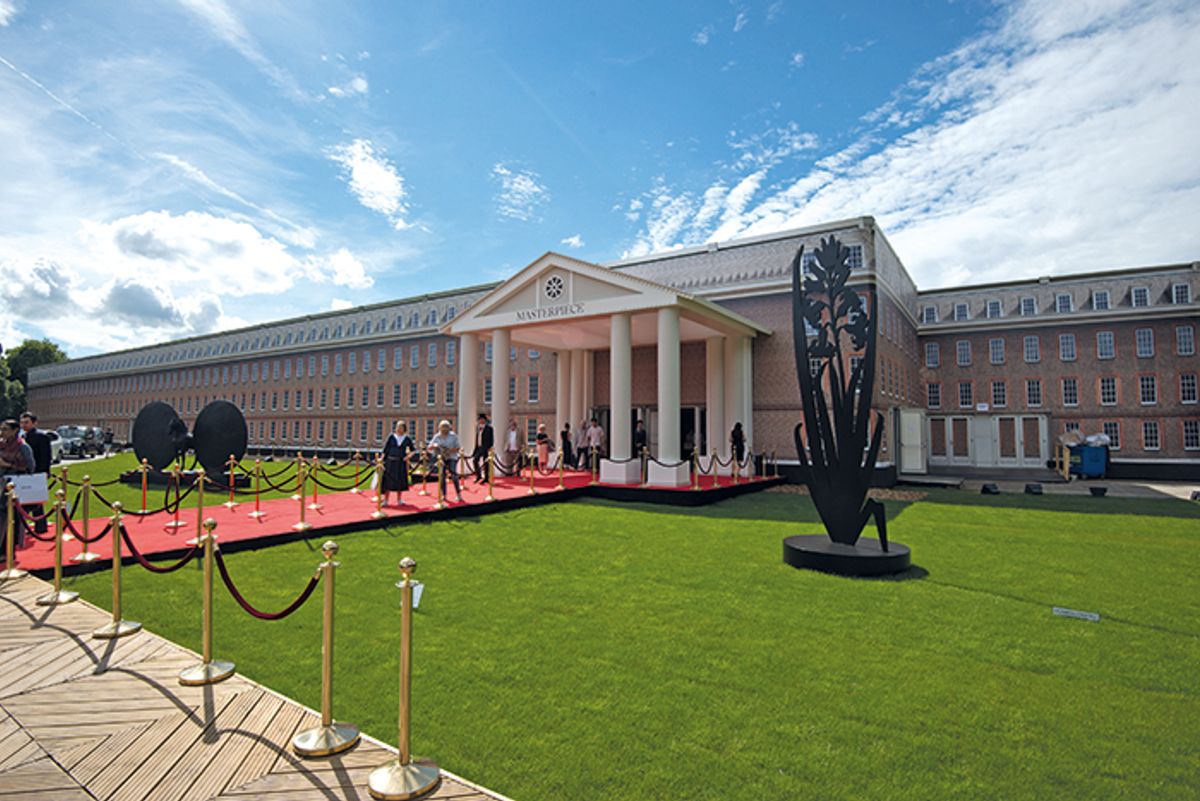The first Masterpiece London in 2010 was, Robert Young says, “comparable to a teenager in her first pair of high heels”. Young, a London-based Folk art dealer, has exhibited since that first edition which, with its mix of luxury goods, art, design and antiques was, he says, “aspirational” but “a little try-hard”.
Now, Masterpiece has grown into its “high heels”, ditched the luxury goods exhibitors, and last December gained a high-profile investor when MCH Group, the Art Basel parent company, bought a 67.5% stake. MCH has brought both capital and contacts with Modern and contemporary galleries such as Hauser & Wirth, which exhibits for the first time this year. Emma Ward, the managing director of Dickinson, thinks MCH’s involvement “is only going to add to that cachet”, although Young says, from an exhibitors’ perspective, “the MCH involvement has had a negligible impact… so far”.
MCH said it would expand the fair to the USA, Asia and the Middle East, but no events have been announced yet. Lucie Kitchener, Masterpiece’s managing director, says: “We are clarifying the additional locations, venues and dates. At the moment our focus is on the upcoming London fair.” Philip Hewat-Jaboor, Masterpiece’s chairman, thinks maintaining diversity in the exhibitor list is key. He thinks taste is tipping away from minimalism and “there is a renewed interest in the more traditional fields” he says. “Masterpiece works to take away inhibitions some may have of approaching works of art” he says.
Hewat-Jaboor is concerned about a knowledge drain in traditional sectors and thinks that his own, older generation need to pass on their knowledge “before it is too late”. One way in which they are doing this is through a vetting mentorship programme aimed at young specialists, launched last year with seven mentees—11 are confirmed for 2018. Milo Dickinson, a specialist in early European sculpture at Christie’s, was a mentee in 2017 and has now graduated to the vetting committee. At 28, he is half the age of most of its members, which he says is “daunting”, but the experience has taught him “different ways of seeing”, and “adds knowledge, adds confidence in your own judgement, and is a chance to meet the top scholars and curators in the field”.
Masterpiece has 160 exhibitors this year (up from 153 in 2017), with 23 newcomers, accommodated through an expanded footprint and new cruciform layout. Masterpiece Presents, introduced last year to enliven the previously uninspiring entrance, returns with five alabaster portraits by Marina Abramovic, titled Five Stages of Maya Dance 2018, presented by Factum Arte in partnership with Lisson Gallery.
New exhibitors include Benjamin Proust, Lullo Pampoulides, Kallos Gallery, Vigo Gallery and, as mentioned, Hauser & Wirth. Neil Wenman, a senior director at Hauser & Wirth who was behind the gallery’s Bronze Age presentation at Frieze London last year, has chosen a wunderkammer theme, placing works by artists such as Paul McCarthy, Louise Bourgeois, Phyllida Barlow and Subodh Gupta alongside 18th- and 19th-century furniture, “clashing old and new with high and low cultures”, Wenman says. The hope, he says, is to reference “the notion that one could have a collection that was both private and could be shown selectively”. Masterpiece is a “new context” for a gallery accustomed to Modern and contemporary art fairs, and provides a chance, Wenman thinks, to redefine “the role art can play in people’s lives, whether that be purely aesthetic or often something more challenging about how we see the world today”.
• Masterpiece London, 28 June-4 July, Royal Hospital Chelsea, London


